Victimology attempts to understand why some people are more prone than others in becoming victims of crime. The textbook, Criminology by Larry J. Segal gives us four major theories on victimology.
Of course, these theories are not inferring right and wrong, they are establishing cause and effect. They do not suggest, 'as the victim did x, therefore the victim deserved it.'
1. Victim Precipitation Theory
"According to victim precipitation theory, some people may actually initiate the confrontation that eventually leads to their injury or death."
Examples:
"In 1971, Menachem Amir suggested female rape victims often contribute to their attacks by... pursuing a relationship with the rapist."
"A woman may become the target of domestic violence when she increases her job status and her success results in a backlash from a jealous spouse or partner."
Victim Impulsivity:
"A number of research efforts have found that both male and female victims have an impulsive personality that might render them abrasive and obnoxious, characteristics that might incite victimization."
"It is possible that impulsive people are not only antagonistic and therefore more likely to become targets, but they also are risk takers who get involved in dangerous situations and fail to take precautions."
2. Lifestyle Theory
"Some criminologists believe people may become crime victims because their lifestyle increases their exposure to criminal offenders."
Examples:
"Single women who drink frequently and have a prior history of being sexually assaulted are most likely to be assaulted on [college] campus."
"People who belong to groups that have an extremely risky life—homeless, runaways, drug users—are at high risk for victimization; the more time they are exposed to street life, the greater their risk of becoming crime victims."
3. Deviant Place Theory
"The more often victims visit dangerous places, the more likely they will be exposed to crime and violence. Victims do not encourage crime, but are victim prone because they reside in socially disorganized high-crime areas where they have the greatest risk of coming into contact with criminal offenders, irrespective of their own behavior or lifestyle."
4. Routine Activities Theory
"...the volume and distribution of predatory crime (violent crimes against a person and crimes in which an offender attempts to steal an object directly) are closely related to the interaction of three variables that reflect the routine activities of the typical American lifestyle:"
"The availability of suitable targets, such as homes containing easily saleable goods."
"The absence of capable guardians, such as police, homeowners, neighbors, friends, and relatives." "Even the most desperate criminal might hesitate to attack a well-defended target." "[A]n undefended yet attractive target (not referring to sexual) becomes an irresistible objective for motivated criminals."
"The presence of motivated offenders, such as a large number of unemployed teenagers."
Published 16 September 2016



